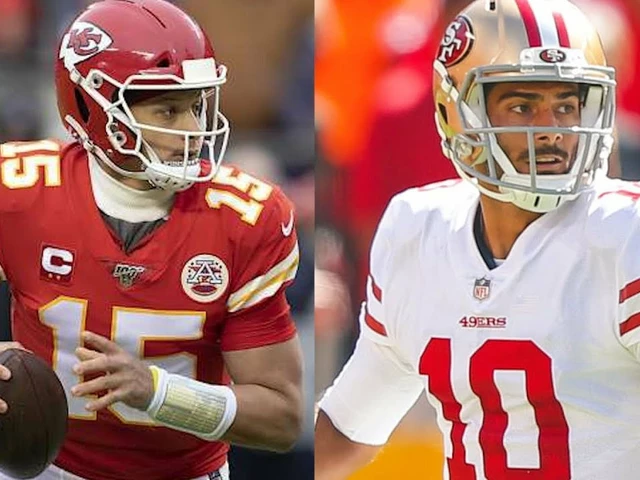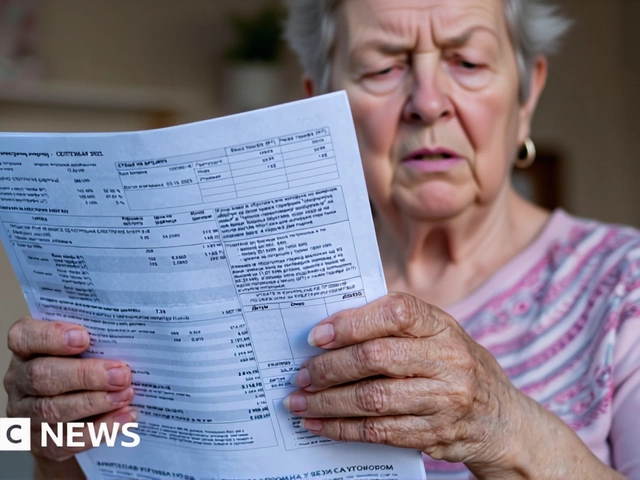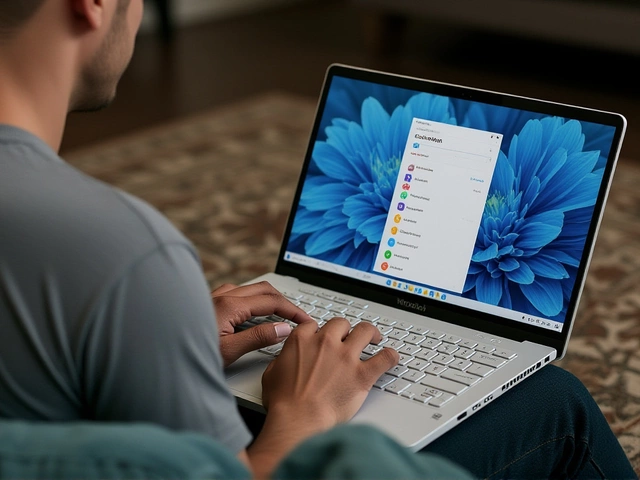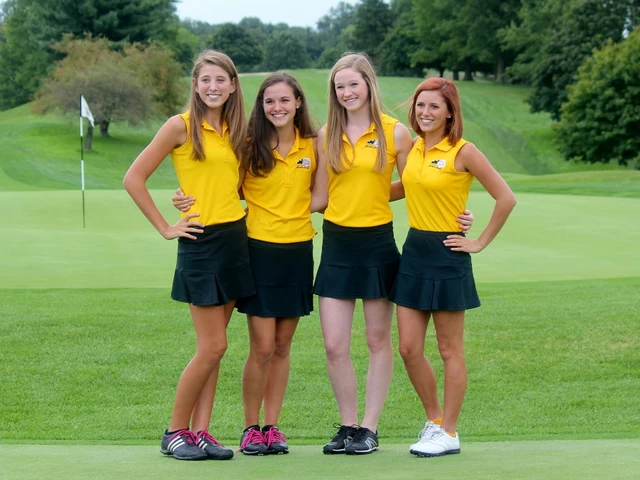Feasibility: How to Know If a Sports Photo Project Can Really Work
When you’re planning a sports shoot, the first question should be “Can this actually be done?” That’s the heart of feasibility. It isn’t just about ideas; it’s about the real‑world limits of time, budget, gear, and venue rules. Figuring this out early saves you headaches, wasted money, and missed opportunities.
Check the basics – venue, lighting, and schedule
Start with the venue. Is the stadium or court open for photography on the day you need? Some places charge extra for extra‑lens access or have strict lighting rules. Call the venue manager and ask about blackout periods, available power outlets, and any prohibited equipment. Next, look at the natural light. Outdoor games in the early morning or late afternoon give great shadows, but a night match may need powerful flashes or LED panels. Make sure you have time to set up, test, and adjust before the action starts.
Match your gear to the project’s demands
Once the venue checks out, line up your gear list. Fast‑moving sports need cameras with high burst rates, lenses with long reach, and reliable autofocus. If you’re shooting a fast‑ball game, a 70‑200mm f/2.8 is a safe bet. Don’t forget extra batteries, memory cards, and backup bodies. If the event is international, think about travel adapters and insurance. Write down every piece of equipment and tally the cost – this will tell you if the gear fits your budget.
Budget isn’t just about gear. Factor in travel, accommodation, crew wages, and post‑production time. A realistic budget shows whether the shoot can happen without cutting corners that hurt quality. If numbers look tight, consider scaling back – maybe shoot fewer angles or use a smaller crew.
Team communication is another feasibility factor. Talk to your photographer, assistants, and the client about expectations. Clear roles prevent duplication and missed shots. A quick checklist of who does what, when, and how can uncover hidden problems before you step onto the field.
Finally, run a quick risk assessment. Weather changes, equipment failure, or sudden schedule shifts can throw a project off. Having a backup plan – like an alternate indoor venue or spare lenses – keeps the shoot on track. When every piece lines up, you’ve moved from a cool idea to a feasible plan you can actually execute.
Feasibility isn’t a one‑time check; it’s an ongoing process. Re‑visit these points as the event approaches, adjust for new information, and you’ll walk into the venue knowing you’re ready. That confidence shows in the photos – sharp, well‑lit, and full of the sport’s energy.
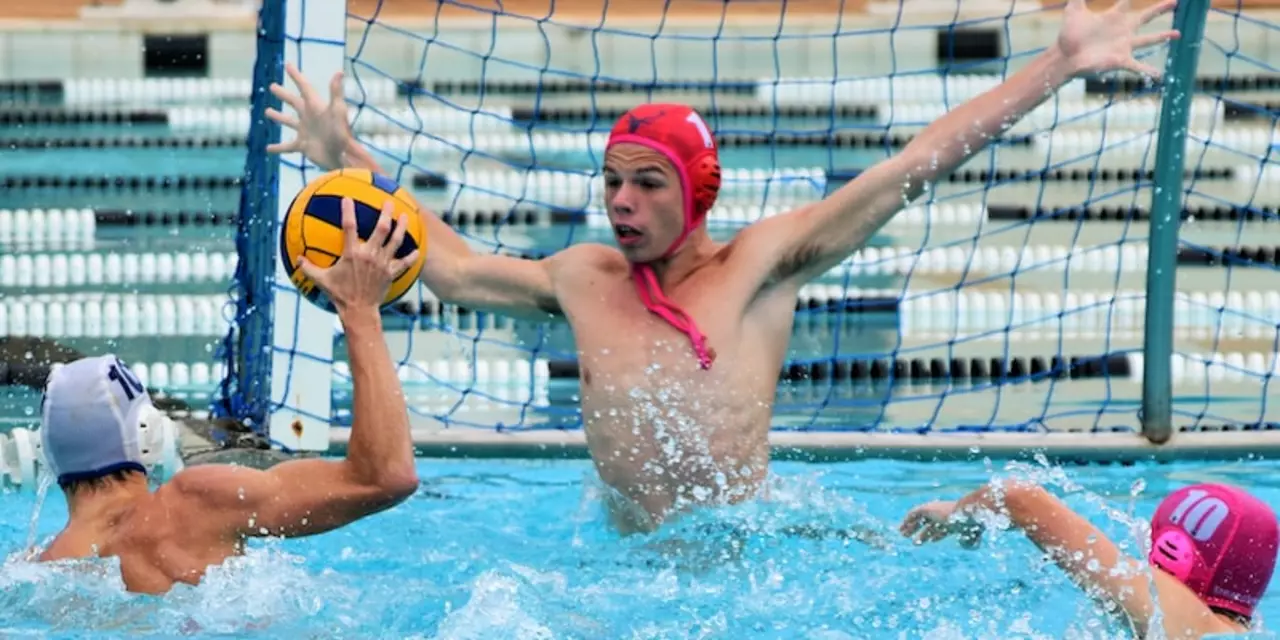
Is it possible to do two sports in high school?
High school athletes often find themselves in a dilemma when it comes to deciding which sport to pursue. With time constraints and the desire to excel in both, many wonder if it is possible to do two sports in high school. The answer is yes, it is possible. With good time management and dedication, athletes can successfully participate in two sports in high school. They must also work with their coaches to create a plan that fits their individual needs. Ultimately, it is possible to do two sports in high school with the right game plan.
READ